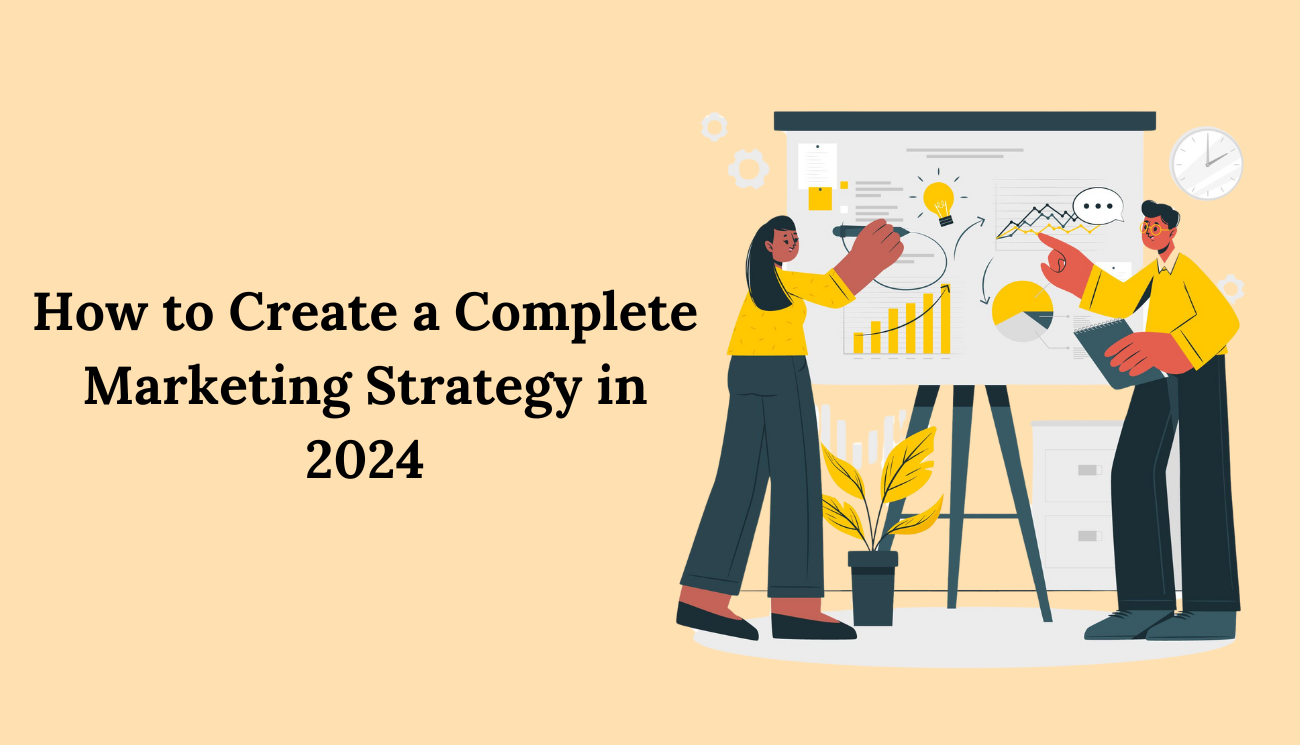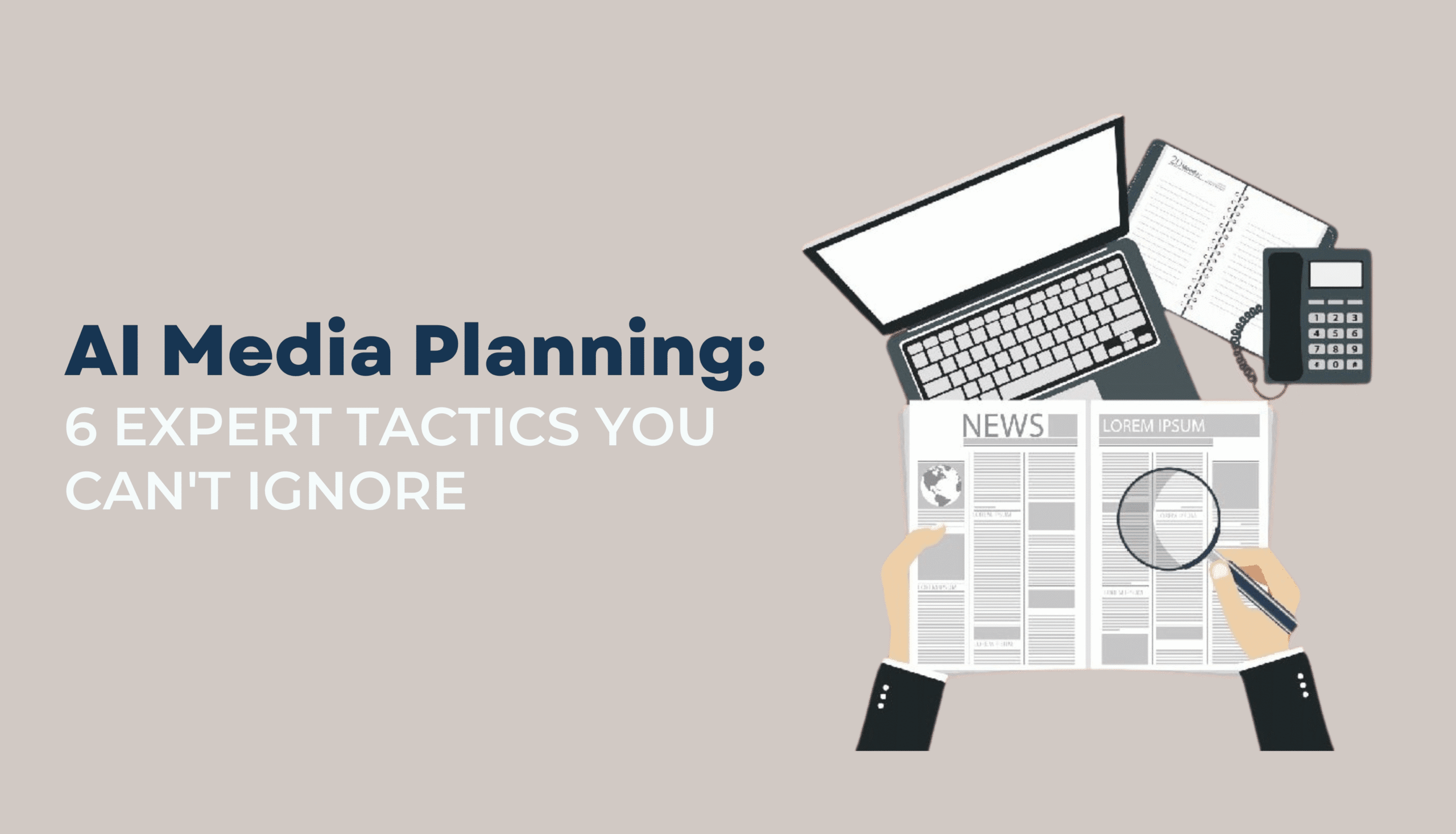
Understanding Your Audience: Upper-Funnel vs. Lower-Funnel Marketing
Ever felt like all your marketing messages are falling flat? Struggling to find the right audience and wondering why you’ve only been able to target the wrong audience? This is where your understanding of the marketing funnel comes in.
The marketing funnel is a metaphor to illustrate your customer journey starting from the beginning to becoming a potential buyer of your product. Potential customers enter the top of the funnel, completely unaware of your brand and ideally progress towards the tip of the funnel by becoming aware, interested, then ultimately converting into buyers.
Still wondering how you can reach customers at every stage? That’s where upper-funnel and lower-funnel marketing come into play.
Upper-Funnel Marketing: Planting the Seeds
The top of the funnel is all about generating interest and awareness between the potential customers. Here, you’re casting a wide net to capture potential customers who may not even know that they are going through a problem that you can solve.
- Goals: Raise brand awareness, educate potential customers about your industry
- Strategies: Content marketing (blog posts, infographics, videos), social media marketing, SEO
- Messaging: Broad and informative, focused on the benefits your brand offers
Lower-Funnel Marketing: The Nudge to Purchase
By the time the customers reach the bottom of the funnel, they are relatively more aware of your brand and are actively seeking to make a purchase. Your job is to convince them to choose your brand over the competitors.
- Goals: Drive conversions (sales, sign-ups)
- Strategies: Targeted ads, product demos, case studies, special offers
- Messaging: Persuasive and action-oriented, highlighting why you’re the best choice
Why a Full-Funnel Approach Wins
It might always seem tempting to convert the leads sitting at the bottom of the funnel, but neglecting the top of the funnel means missing out on a huge opportunity. Think about how many potential buyers are sitting at the top.
A full-funnel marketing strategy allows you to:
- Build brand awareness and establish yourself as a thought leader in your industry
- Nurture leads and move them down the funnel towards a purchase
- Develop consistent messaging that resonates with customers at every stage
Imagine a leaky funnel. If you focus only on pouring water in at the bottom of the funnel, you will never be able to fill up the whole funnel. A full-funnel approach ensures that there’s a steady stream of potential customers flowing through the marketing funnel, ensuring more conversions and leading to a steady business growth.
Ready to take your marketing to the next level?
Concentrating on the full funnel approach will keep helping you to grow your business and building awareness among a new audience while still guiding leads sitting at the bottom of the funnel towards purchases.
The main difference between the top of the funnel and the bottom of the funnel is intent. Your goal at the top of the funnel is to make customers aware of your brand and how you can solve their problems and at the bottom of the funnel, the goal shifts towards guiding the potential customers to choose you over the competition.
With a full-funnel strategy, you can meet people on the way and move them up and down your funnel. Concentrating on both ends of the funnel you can craft targeted campaigns for each stage, attract new customers, build brand loyalty, and achieve your marketing goals.



